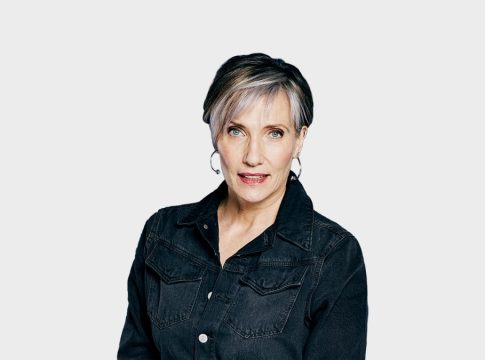Navigating Life After a Diagnosis: Understanding the Journey with Hypermobile Ehlers-Danlos Syndrome (hEDS)
Receiving a diagnosis after years of struggle can feel like both a victory and a burden. For many people, including those living with hypermobile Ehlers-Danlos syndrome (hEDS), this experience is deeply layered with emotional complexity. While validation can bring a sense of relief, it often surfaces profound exhaustion and a cascade of other feelings that can be challenging to navigate.
The Long Road to Diagnosis
Living with chronic health issues, especially one as misunderstood as hEDS, often means wrestling with significant medical skepticism. Many individuals report being dismissed or disbelieved by healthcare professionals, leading to a frustrating and isolating experience. This skepticism can manifest as comments suggesting you are “too young” to experience such pain or that your symptoms are merely a product of anxiety. Over time, you might even start to question your own reality, leading to profound self-doubt.
This phenomenon, known as medical gaslighting, occurs when professionals inadvertently minimize or dismiss a patient’s legitimate concerns. Such experiences can leave deep psychological scars, fostering feelings of anger, helplessness, or a sense of trauma. It’s essential to recognize that feelings of frustration or numbness after receiving a diagnosis are valid and common.
Understanding Emotional Fallout
When a diagnosis finally comes, it can feel anti-climactic; after years of grappling with unacknowledged pain, some may even experience symptoms of medical PTSD. The journey through chronic illness often involves heightened vigilance around appointments, fearing dismissal, and struggling with trust—both in yourself and the healthcare system. This emotional baggage can weigh heavily, making it difficult to feel truly relieved or grateful for the diagnosis.
So how does one begin to untangle this emotional knot?
Rebuilding Trust: A Steps Toward Healing
-
Seek Specialized Care: If you haven’t already, consider finding a multidisciplinary clinic that specializes in hEDS. Building relationships with practitioners who understand the condition can foster trust and effective care.
-
Engage in Self-Care: Establish pain management strategies that suit your specific needs. Many find that a blend of physical therapy and mindfulness practices can help balance activity and rest, mitigating the cycle of overexertion.
-
Connect with Support Networks: Organizations focused on Ehlers-Danlos syndrome can provide valuable resources and peer support, which are essential for emotional well-being. Engaging with others who share your experience can help in feeling understood and less solitary.
-
Consider Therapy: Finding a mental health professional who specializes in chronic illness can offer safe spaces for emotional exploration. Therapeutic techniques such as Compassion-Focused Therapy or EMDR can be particularly effective in addressing trauma related to medical experiences.
- Practice Mindfulness: Incorporating body-focused therapies can be a beneficial way to release stored tension and reconnect with your body after years of trauma. Gentle movement, breathwork, and awareness practices can create pathways for healing.
Moving Forward on Your Terms
As you step into this new chapter, remember that it’s perfectly acceptable to allow yourself to feel whatever emotions arise. Healing is not linear, and it’s crucial to approach your journey with compassion and gentleness. Be patient with yourself.
You’ve navigated a challenging path and demonstrated immense resilience. While a diagnosis signifies the end of one battle, it can also signify the beginning of a different journey—one of acceptance, understanding, and gradual rebuilding.
Your feelings matter, and taking the time to process them is a vital part of moving forward. It’s okay not to jump straight to gratitude. Instead, honor where you are, and allow yourself the space to heal.

Covers wellness, nutrition, mental health, and daily life tips.
Bio: Talia brings a background in health journalism and holistic living to help readers live better, one tip at a time.

